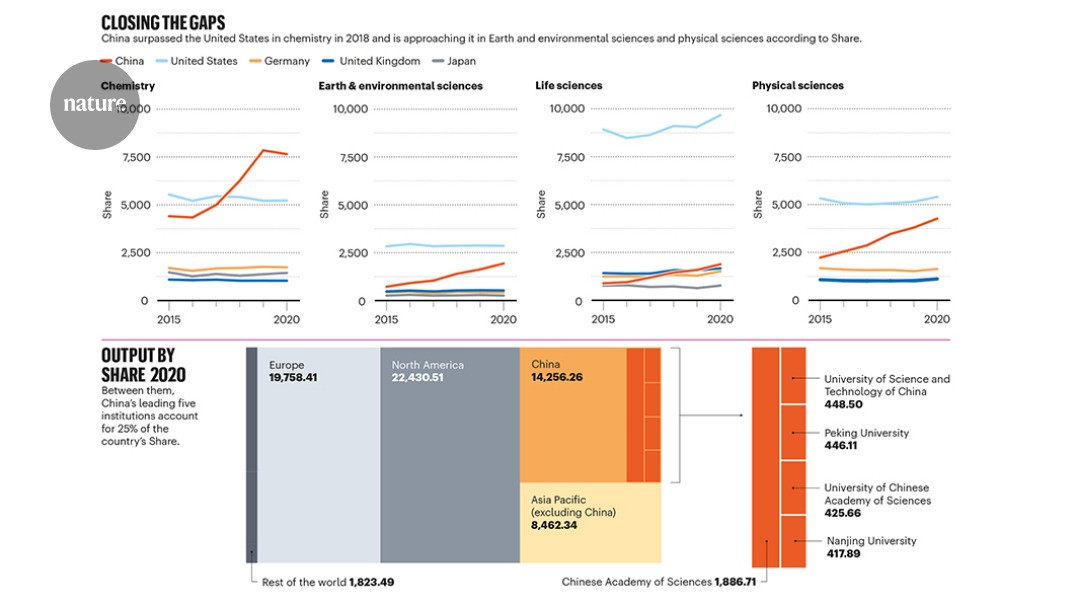"921" China's next generation crewed rocket(A derived variant of Long March 5)
LTO: 27 t
View attachment 104088
View attachment 104089
China is working on a lander for human moon missions

spacenews.com
China is working on a lander for human moon missions
HELSINKI — China’s main spacecraft maker is developing a human landing system for lunar missions, according to an account of an official academic visit.
The brief news report from Xiamen University School of Aeronautics and Astronautics July 1 (
Chinese) names individuals leading projects pertinent to China’s human lunar landing plans and notably refers to the landing project as a “national strategy”.
China is already known to be developing and testing
new launch vehicles and a
new-generation spacecraft capable of sending astronauts to the moon. A lunar landing and ascent system has one of the missing key components of a human lunar landing architecture.
The report names Yang Lei as “chief commander of the crewed lunar landing vehicle system” at the China Academy of Space Technology (CAST), a subordinate to the state-owned space and defense contractor China Aerospace Science and Technology Corp. (CASC).
Yang was accompanied for the visit to Xiamen University by the project’s deputy chief commander and another involved in CAST’s new-generation crew spacecraft developed for deep space journeys. Other CASC subsidiaries are working on a new human-rated launch vehicle.
No details of the lander were provided during the meeting, in which current progress and future plans for human moon landings were presented. A number of slides were published but were intentionally blurred out. An
illustration from a September 2020 Chinese space conference provides information on one concept and was presented as part of a
moon landing wider architecture.
Zhou Yanfei, deputy general designer of China’s human spaceflight program, told
Chinese media during the conference last year that, along with progress on launchers and spacecraft, development of a lander, life support, mission experience and ground support capacity for operations beyond low Earth orbit are all required before crewed lunar missions are possible.
China’s
Chang’e-5 lunar sample return mission launched last November used a lunar orbit rendezvous mission profile. The complexity of the mission was seen in part as a test of technologies needed to get astronauts back from the lunar surface and docked with an orbiting spacecraft for the journey home.
The characterization of the human moon landings as a national strategy appears to be unprecedented. While indicating some level of national support for the project, its significance remains ambiguous.
However, a human lunar landing project was not specifically identified in China’s 14th Five-Year Plan (2021-2025) approved in March.
China will later in 2021 release a fifth space white paper detailing priorities for the five years ahead. The document could indicate and detail further plans and support for lunar landings. Ongoing projects indicate China is gradually accumulating the capabilities, experience and expertise to conduct such missions.
Development of a new rocket for sending crew into trans-lunar injection which utilizes existing Long March 5 technologies and upgraded engines, along with progress already made on a spacecraft with deep space capabilities, had led to the suggestion that China may be capable of launching circumlunar crewed missions already in the 2020s.
Wu Yanhua, deputy head of CNSA, declined to provide a date for a potential first Chinese crewed lunar landing when asked during an ensuing press conference.
 www.natureindex.com
www.natureindex.com

 www.nature.com
www.nature.com




